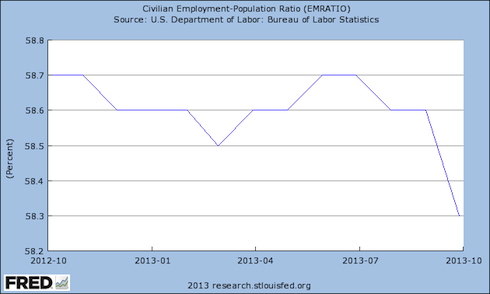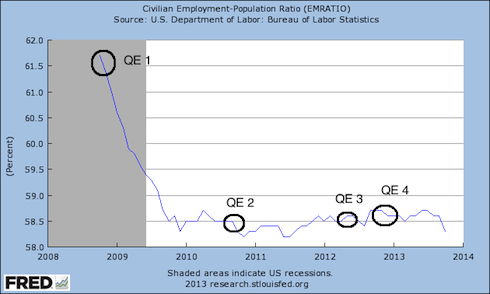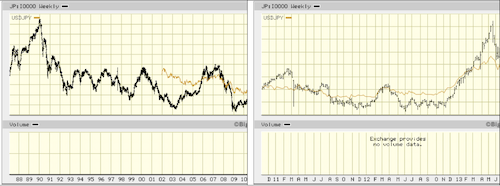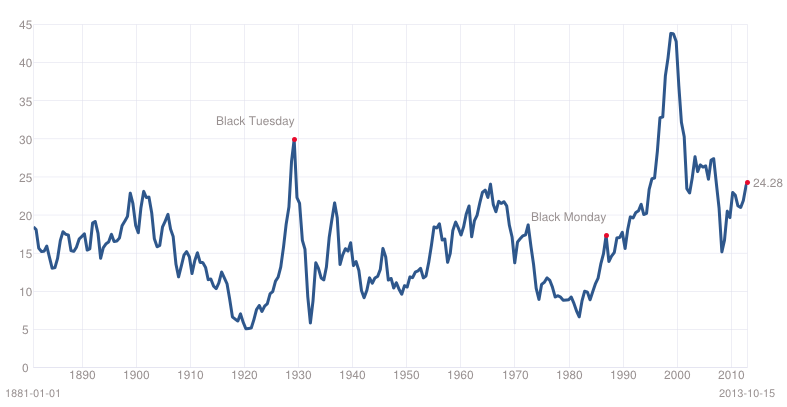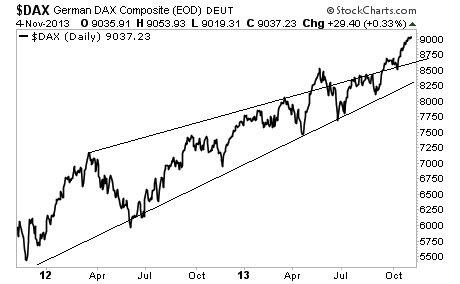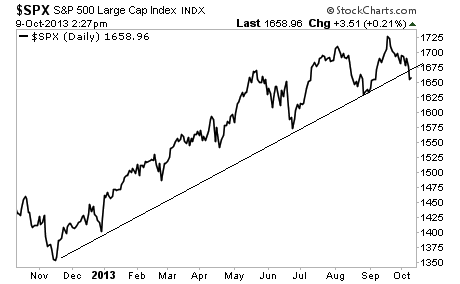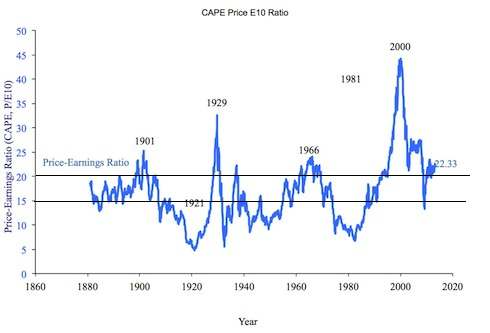There are two “clear cut” roads to long-term economic disaster.
1) Spending too much relative to GDP (see European social welfare states).
2) Reproducing too little.
Today we’re focusing on #2.
Analyzing demographics can lay the groundwork for future investment success in a big way. Population growth plus productivity improvement are what drive long-term changes in GDP. Long-term changes in GDP drive investment success (or failures).
Unfortunately for investors, demographically much of the developed world is in trouble. Japan, Europe and even the United States have seen declining fertility rates in recent decades. Today, all three regions are well below the 2.05 children per woman needed to sustain, let alone grow population.
This same issue affects the developing world too. And China is the clear leader for a potential demographic crisis in the coming years.
Today China produces only 1.6 children per woman across the board. If you want to focus on the wealthier segments of the Chinese population, using Hong Kong as a proxy, the numbers are even worse.
It is not coincidence that the country China intends to further loosen its “one child” policy and is also considering the closing of labor camps. Both are welcome developments even if the latter may not be a “done deal.” And both are designed to help boost China’s population.
China needs to produce, on average, 2.05 children per woman to maintain its population and support its ageing citizens. Anything lower then this means a slowdown economically in the future (no matter how much China improves productivity).
This issue also comes with geopolitical consequences.
China is surrounded by large regional competitors with much higher fertility rates (India, Pakistan, etc.). China has had conflict with one in the past (India). The other (Pakistan) is currently an economic and military ally of China owing to proximity and a common rival (India). But Pakistan’s government is hardly in control of its population which is growing rapidly.
Throw Indonesia (also growing rapidly) into the mix and there are going to be a LOT MORE people competing for limited resources in and around China.
China must turn its fertility rate around soon. An ageing population shifts the ratio of worker to retiree and pushes social costs upward. China’s GDP per capita is only 15% of the U.S., which means the burden per worker is much worse than in the Unites States (each worker in China must provide for a much larger number of aging retirees as opposed to their counterparts in the US).
Productivity can boost an economy, but in the end you need new people and a new child today takes at least 20 years to become a productive worker and form a new household.
What does this mean for investors?
Two things:
1) In the near-term, China will engage in capital investment (the substitution of capital, technology and information for labor) to drive economic growth. This means the Chinese Government throwing money at the manufacturing, information technology and healthcare sectors in its economy.
2) Long-term, China will face geopolitical challenges from its neighbors most of whom are experiencing rapid population growth. Simply put there will be a lot more people competing for a very limited number of resources (China already imports much of its agriculture and natural resources).
Respectfully submitted,
Tom Langdon






